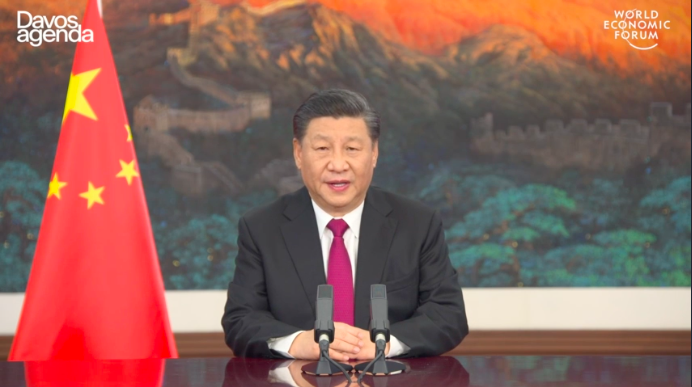Did the Prophet Muḥammad follow an Arabian religion or religiosity before Islam, that is, before what Muslim accounts label the "Call to Prophecy"? A short thread based on notes for an article preparation 1/
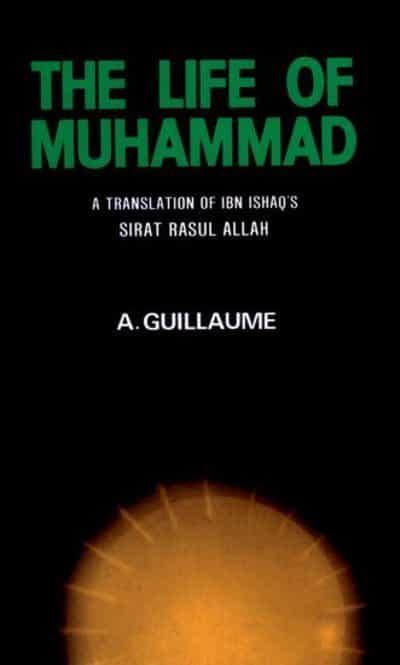
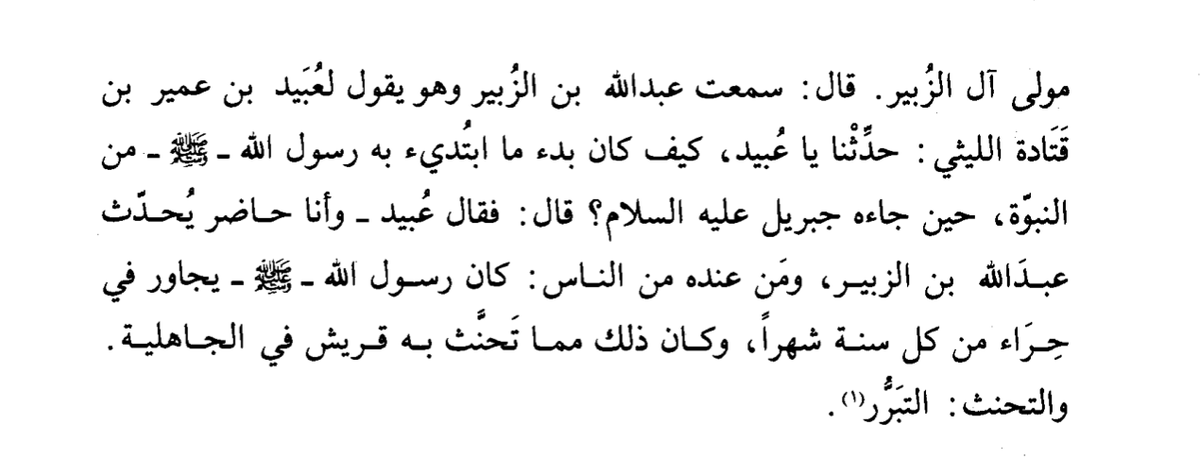
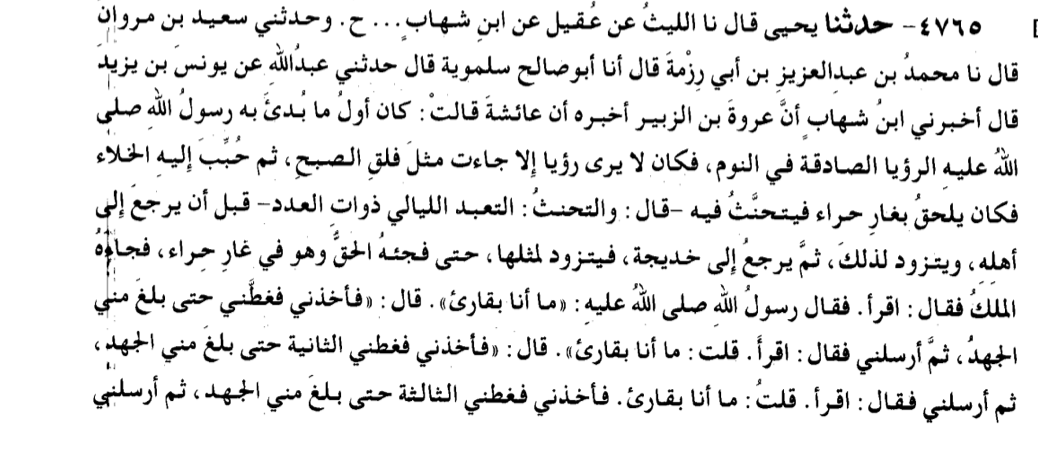
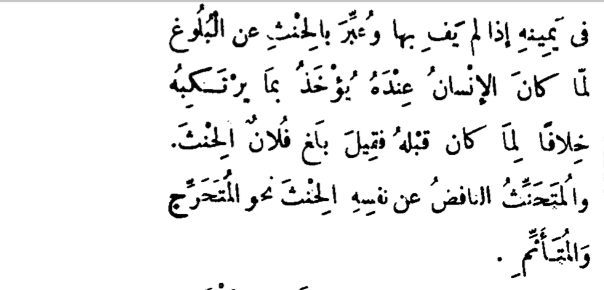

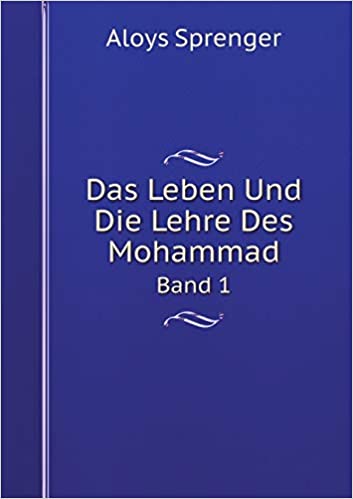
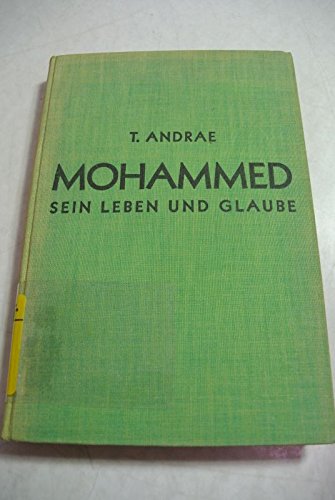
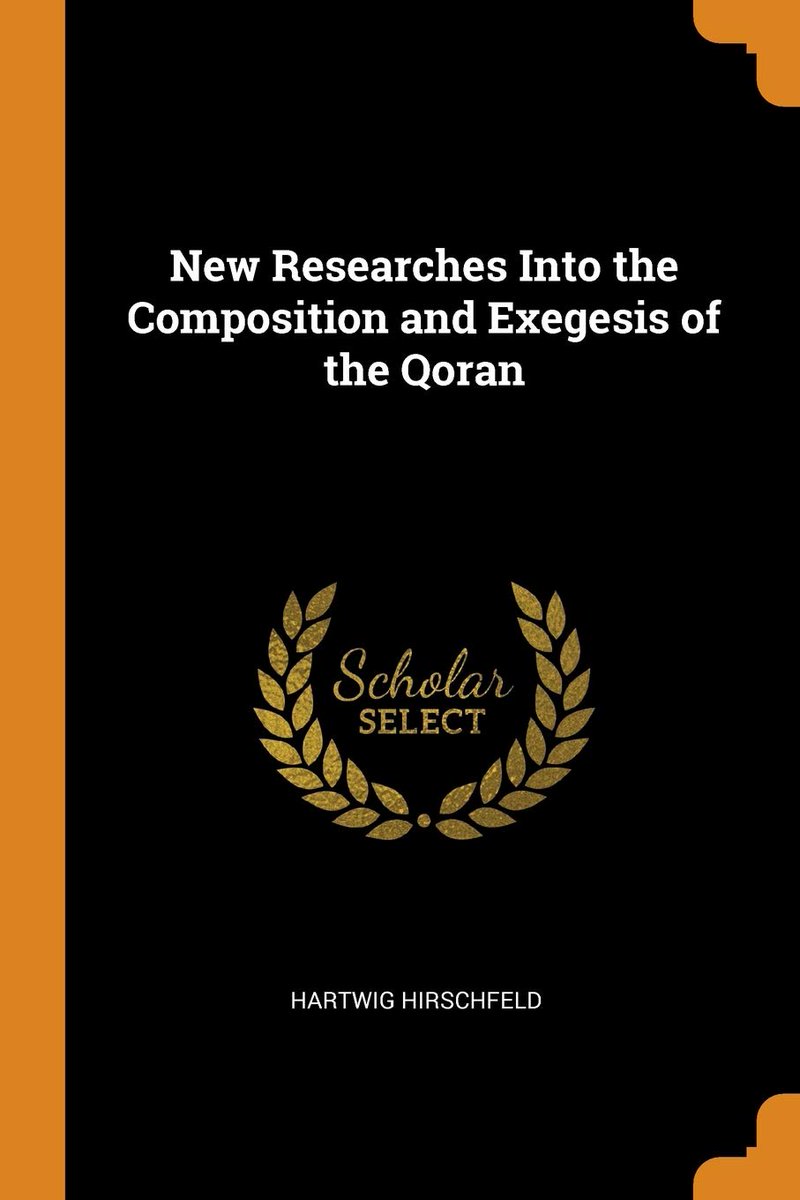
More from World
Watch the entire discussion if you have the time to do so. But if not, please make sure to watch Edhem Eldem summarizing ~150 years of democracy in Turkey in 6 minutes (starting on 57'). And if you can't watch it, fear not; I've transcribed it for you (as public service). Thread:
"Let me start by saying that I am a historian, I see dead people. But more seriously, I am constantly torn between the temptation to see patterns developing over time, and the fear of hasty generalizations and anachronistic comparisons. 1/n
"Nevertheless, the present situation forces me to explore the possible historical dimensions of the problem we're facing today. 2/n
"(...)I intend to go further back in time and widen the angle in order to focus on the confusion I believe exists between the notions of 'state', 'government', and 'public institutions' in Turkey. 3/n
"In the summer of 1876, that's a historical quote, as Midhat Pasa was trying to draft a constitution, Edhem Pasa wrote to Saffet Pasa, and I quote in Turkish, 'Bize Konstitusyon degil enstitusyon lazim' ('It is not a constitution we need but institutions'). 4/n
https://t.co/1GtPJaxi1H - Ka\xe7\u0131rmay\u0131n bu muhte\u015fem Bo\u011fazi\xe7i hocalar\u0131 ge\xe7idini !
— dilek cinar (@dlkcinar) February 16, 2021
"Let me start by saying that I am a historian, I see dead people. But more seriously, I am constantly torn between the temptation to see patterns developing over time, and the fear of hasty generalizations and anachronistic comparisons. 1/n
"Nevertheless, the present situation forces me to explore the possible historical dimensions of the problem we're facing today. 2/n
"(...)I intend to go further back in time and widen the angle in order to focus on the confusion I believe exists between the notions of 'state', 'government', and 'public institutions' in Turkey. 3/n
"In the summer of 1876, that's a historical quote, as Midhat Pasa was trying to draft a constitution, Edhem Pasa wrote to Saffet Pasa, and I quote in Turkish, 'Bize Konstitusyon degil enstitusyon lazim' ('It is not a constitution we need but institutions'). 4/n
Thread: #Greek police and secret service discover #NGOs have been hiding hundreds of illegal immigrants in caves
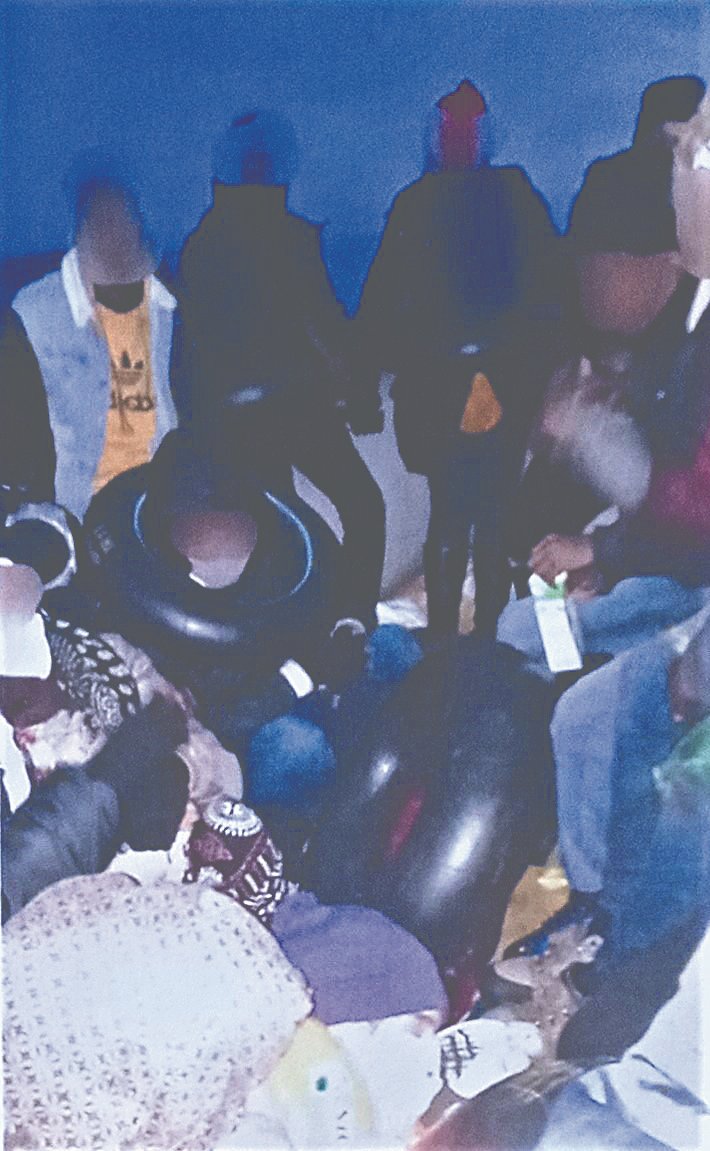
Members of Non-Governmental Organizations have been hiding hundreds of #immigrants in the last weeks in coastal caves and forests of the Aegean islands, in order not to be detected by the Greek coast guard and thus to facilitate their #illegal entry into our country.
At the same time, due to their non-registration and taking health measures, there is a spread of the pandemic.
In addition, they had created a special internet platform to broadcast live the arrival of boats in #Lesvos and other #islands of the Eastern Aegean in order to "push" the Coast Guard not to prevent their entry into our country.
These are the conclusions of a second secret operation - with the codemame "Alkmini 2" of https://t.co/1BCe7Y74Fz. with the assistance of NIS against #NGOs that are active in our maritime #borders and which is revealed by "To Vima", with the presentation of relevant documents.

Members of Non-Governmental Organizations have been hiding hundreds of #immigrants in the last weeks in coastal caves and forests of the Aegean islands, in order not to be detected by the Greek coast guard and thus to facilitate their #illegal entry into our country.
At the same time, due to their non-registration and taking health measures, there is a spread of the pandemic.
In addition, they had created a special internet platform to broadcast live the arrival of boats in #Lesvos and other #islands of the Eastern Aegean in order to "push" the Coast Guard not to prevent their entry into our country.
These are the conclusions of a second secret operation - with the codemame "Alkmini 2" of https://t.co/1BCe7Y74Fz. with the assistance of NIS against #NGOs that are active in our maritime #borders and which is revealed by "To Vima", with the presentation of relevant documents.
"MLs" do support the proletariat of Xinjiang & have the whole time. People like @Tursunali_7 & @GulnarNorthwest (and many others) who show the world the real Xinjiang via their everyday videos.
Shopkeepers like in this video below say
"Pompeo, we Xinjiang people hate you."

Or everyday working people like Zaynura Namatqari, who speak out against vicious & disgusting US lies and accusations about
.@qiaocollective have a brilliant thread of everyday proletarian Uyghurs speaking out against the harassment they face from the US and their paid
'Uyghur proletariat' looks like this:

Not like this: (photo from a pro Islamist separatist protest in Turkey in 2017)

Shopkeepers like in this video below say
"Pompeo, we Xinjiang people hate you."

Or everyday working people like Zaynura Namatqari, who speak out against vicious & disgusting US lies and accusations about
BBC's false reporting is hurting real Uygurs.
— Jingjing Li \u674e\u83c1\u83c1 (@Jingjing_Li) February 13, 2021
At a press conference, I saw this Uygur lady, who is a former trainee of a vocational education & training center in #Xinjiang, got emotional & furious at @BBC 's false reporting accusing systematic rape in #China. #Uyghur pic.twitter.com/vdu7KlAWMr
.@qiaocollective have a brilliant thread of everyday proletarian Uyghurs speaking out against the harassment they face from the US and their paid
The family of a retired cadre scorn Pompeo and the American imperialist interests he stands for. They celebrate China's sanctioning of Pompeo as the proper move against U.S. imperialist designs on Xinjiang. pic.twitter.com/vOfExwMfD8
— Qiao Collective (@qiaocollective) February 12, 2021
'Uyghur proletariat' looks like this:

Not like this: (photo from a pro Islamist separatist protest in Turkey in 2017)

You May Also Like
Oh my Goodness!!!
I might have a panic attack due to excitement!!
Read this thread to the end...I just had an epiphany and my mind is blown. Actually, more than blown. More like OBLITERATED! This is the thing! This is the thing that will blow the entire thing out of the water!
Has this man been concealing his true identity?
Is this man a supposed 'dead' Seal Team Six soldier?
Witness protection to be kept safe until the right moment when all will be revealed?!
Who ELSE is alive that may have faked their death/gone into witness protection?

Were "golden tickets" inside the envelopes??

Are these "golden tickets" going to lead to their ultimate undoing?
Review crumbs on the board re: 'gold'.

#SEALTeam6 Trump re-tweeted this.

I might have a panic attack due to excitement!!
Read this thread to the end...I just had an epiphany and my mind is blown. Actually, more than blown. More like OBLITERATED! This is the thing! This is the thing that will blow the entire thing out of the water!
Tik Tok pic.twitter.com/8X3oMxvncP
— Scotty Mar10 (@Allenma15086871) December 29, 2020
Has this man been concealing his true identity?
Is this man a supposed 'dead' Seal Team Six soldier?
Witness protection to be kept safe until the right moment when all will be revealed?!
Who ELSE is alive that may have faked their death/gone into witness protection?

Were "golden tickets" inside the envelopes??

Are these "golden tickets" going to lead to their ultimate undoing?
Review crumbs on the board re: 'gold'.

#SEALTeam6 Trump re-tweeted this.

MDZS is laden with buddhist references. As a South Asian person, and history buff, it is so interesting to see how Buddhism, which originated from India, migrated, flourished & changed in the context of China. Here's some research (🙏🏼 @starkjeon for CN insight + citations)
1. LWJ’s sword Bichen ‘is likely an abbreviation for the term 躲避红尘 (duǒ bì hóng chén), which can be translated as such: 躲避: shunning or hiding away from 红尘 (worldly affairs; which is a buddhist teaching.) (https://t.co/zF65W3roJe) (abbrev. TWX)
2. Sandu (三 毒), Jiang Cheng’s sword, refers to the three poisons (triviṣa) in Buddhism; desire (kāma-taṇhā), delusion (bhava-taṇhā) and hatred (vibhava-taṇhā).
These 3 poisons represent the roots of craving (tanha) and are the cause of Dukkha (suffering, pain) and thus result in rebirth.
Interesting that MXTX used this name for one of the characters who suffers, arguably, the worst of these three emotions.
3. The Qian kun purse “乾坤袋 (qián kūn dài) – can be called “Heaven and Earth” Pouch. In Buddhism, Maitreya (मैत्रेय) owns this to store items. It was believed that there was a mythical space inside the bag that could absorb the world.” (TWX)
1. LWJ’s sword Bichen ‘is likely an abbreviation for the term 躲避红尘 (duǒ bì hóng chén), which can be translated as such: 躲避: shunning or hiding away from 红尘 (worldly affairs; which is a buddhist teaching.) (https://t.co/zF65W3roJe) (abbrev. TWX)
2. Sandu (三 毒), Jiang Cheng’s sword, refers to the three poisons (triviṣa) in Buddhism; desire (kāma-taṇhā), delusion (bhava-taṇhā) and hatred (vibhava-taṇhā).
These 3 poisons represent the roots of craving (tanha) and are the cause of Dukkha (suffering, pain) and thus result in rebirth.
Interesting that MXTX used this name for one of the characters who suffers, arguably, the worst of these three emotions.
3. The Qian kun purse “乾坤袋 (qián kūn dài) – can be called “Heaven and Earth” Pouch. In Buddhism, Maitreya (मैत्रेय) owns this to store items. It was believed that there was a mythical space inside the bag that could absorb the world.” (TWX)


